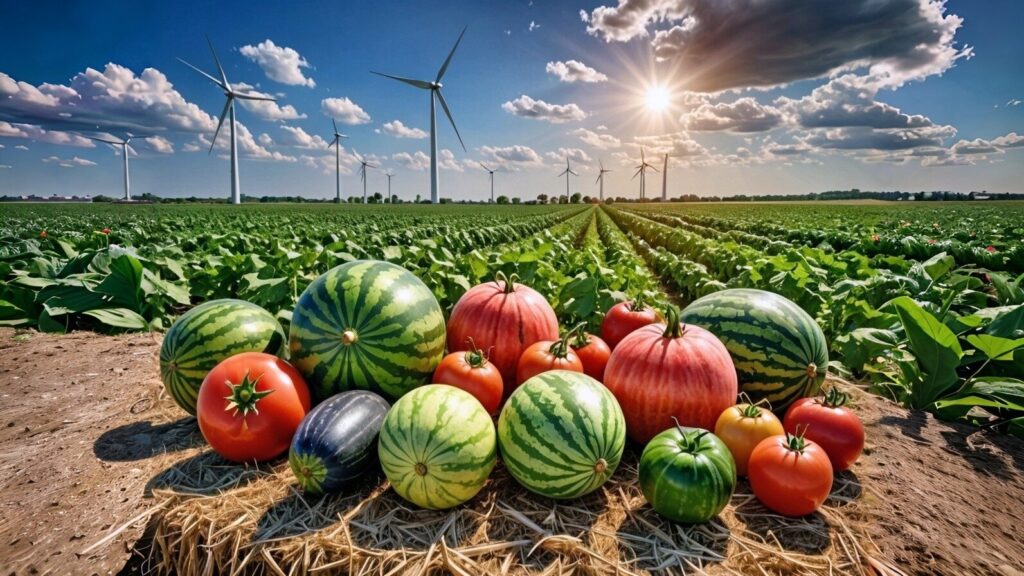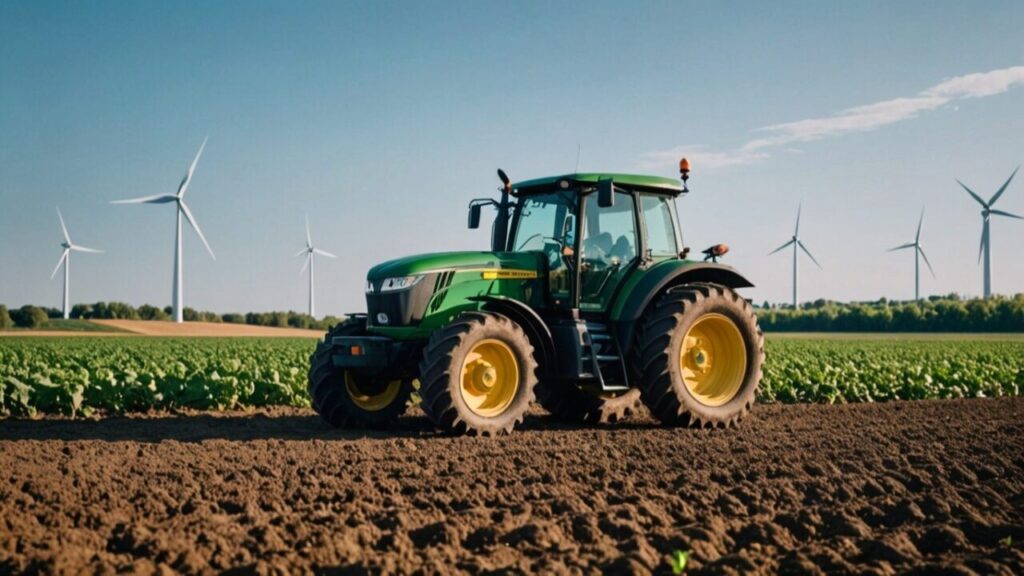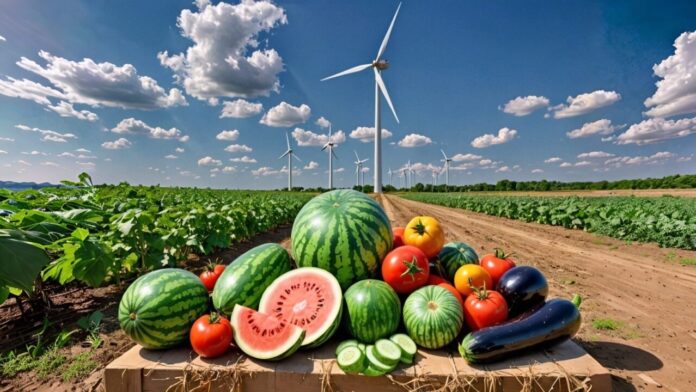The integration of clean energy and agriculture is poised to bring vegetables and fruits back to their former flavors. By incorporating wind turbines into agricultural practices, not only will energy production benefit, but the quality of agricultural products will also see significant improvement. Here are the details of this innovative development:
Enhancing Crop Quality through Wind Energy
Experts predict that wind turbine energy production will increase by 11% by 2025. According to the Washington Post, wind farms occupy only about 5% of the land they are built on, allowing farming activities to continue uninterrupted. When wind turbines are constructed alongside existing roads and infrastructure, it reduces land development risks and lowers construction costs. The clean energy provided by wind turbines can replace traditional energy sources used in agriculture, reducing harmful air pollution and improving the quality of agricultural products.

Benefits of Reduced Air Pollution
Reduced air pollution contributes to healthier plant growth, leading to tastier fruits and vegetables. The World Economic Forum forecasts that by 2050, there will be a need for 60% more food production, and wind energy will play a crucial role in meeting this demand.
Ben Hoen from Berkeley Lab states, “This study can offer a new perspective on the ability to develop or co-develop wind energy while preserving the economic benefits of agriculture.” Wind turbines on farmland not only produce clean energy but also provide additional income for farmers.

Economic and Environmental Advantages
In addition to the economic benefits for farmers, consumers will enjoy lower energy costs and higher quality, flavorful produce. Wind energy projects receive broad support. A Washington Post–University of Maryland poll indicates that most people are open to the construction of solar panels and wind turbines in their regions. This demonstrates the successful coexistence of clean energy and agriculture. Wind farms support not only energy production but also food production. By maintaining agricultural activities, wind energy reduces harmful air pollution and ensures high-quality food.

Future Prospects
In summary, the combination of wind turbines and agriculture will enhance the flavor of vegetables and fruits while making a significant environmental contribution. Wind energy and agriculture working together can build a tastier and healthier world for future generations. What do you think? Share your thoughts in the comments below.

